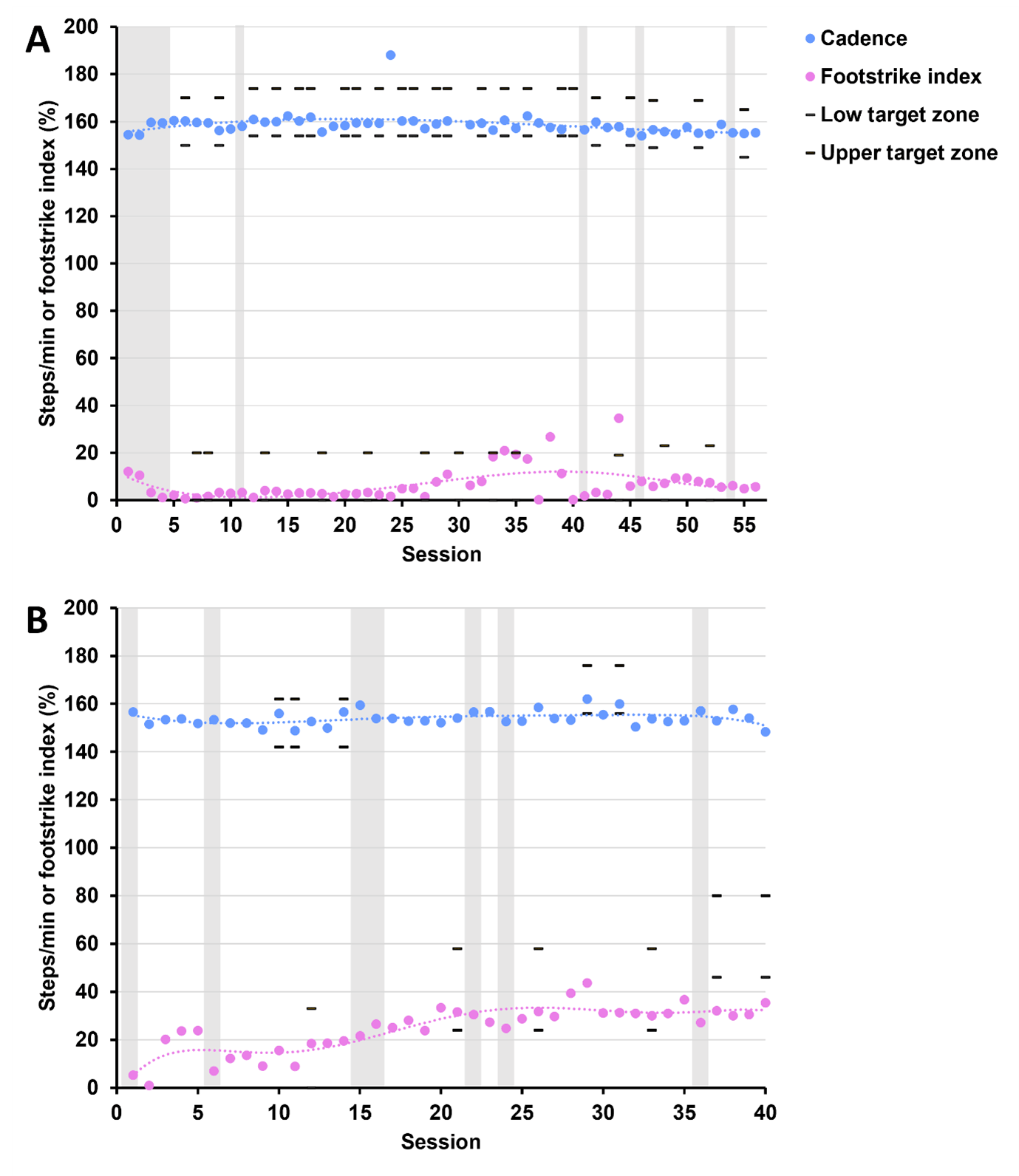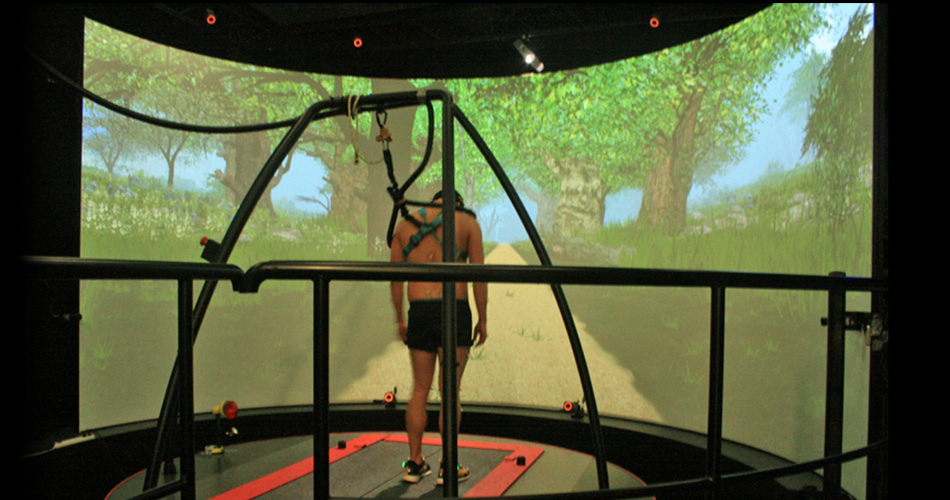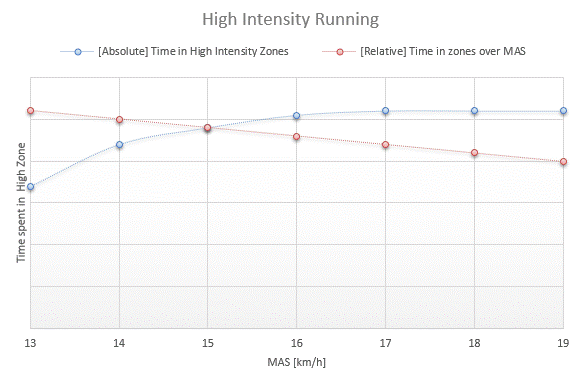The Effect of Wearable-Based Real-Time Feedback on Running Injuries
An increasing number of runners use wearables that provide real-time feedback. But is this feedback actually effective at improving performance and reducing injury risk? In two studies, we have attempted to answer these questions 1 2. In this blog, I will briefly discuss the effects of wearable-based real-time feedback on running injury risk.
What did we do?
We recruited 220 runners, and all runners received running wearables (pressure-sensitive insoles from ARION). The insoles are connected to an app that can provide real-time feedback on running technique during each run.
Half of the runners were randomized into a control group, meaning they did receive the insoles but received no real-time feedback on their running technique or relative running speed. The intervention group received real-time feedback on their running technique and relative running speed via a mobile phone according to an algorithm that also changed the type of feedback depending on whether participants had any injury or pain (Figure 1).

Figure 1. Flowchart of the wearable process for generating feedback. (1) First, the participants’ cadence, footstrike, and comfortable running speed were determined during a ‘‘standardized’’ baseline run using the instrumented insoles and the phone’s Global Positioning System (GPS), respectively. (2) The parameters measured during this baseline run were used as input to an algorithm that determined the goal for the next session (i.e., cadence, foot strike, or running speed), (3) along with the target zones. (4) Real-time feedback was provided when the participant deviated from the target zone. Previous or current injuries could also be specified in the application, and this influenced the feedback provided by the algorithm.
They then ran with the wearable for 6 months, and we investigated whether runners who received real-time feedback experienced fewer injuries and improved their performance more compared to the group not receiving feedback. We also looked at some other outcomes, like motivation to run.
Key findings
The study’s most important finding is that we found a lower rate of running injuries in the group that received real-time feedback. Specifically, the as-treated analysis showed a significantly lower injury rate among participants receiving real-time feedback (HR, 0.53; P = .03; Figure 2). Similarly, first-time injury severity was lower (–0.43; P = .042). A similar trend was seen in the per-protocol analysis, although not significant.

Figure 2. Nelson-Aalen curve depicting the cumulative probability of experiencing a running injury as a function of distance ran. The more distance ran, the higher the cumulative probability of getting injured.
There were no significant differences between the control and real-time feedback group in the proportion of runners with multiple injuries (HR, 0.82; P = .40) or changes in running performance (3.07%; P = .26) and motivation (BREQ-2 outcomes).
Importantly, injuries were the primary reason for dropout, while low motivation scores showed no difference between runners who dropped out for noninjury reasons and those who did not. This is a more important finding than it may seem at first because it suggests approaches to reduce dropout may, therefore, primarily need to focus on reducing injuries as opposed to motivating runners.
So, it may work in a study, but does it also work outside of a study setting?
Previous studies have shown that exercise interventions that effectively reduce injury rates in a well-controlled study setting may not be implemented in practice, thus reducing their effectiveness. Based on these findings, we investigated whether the study participants were interested in continuing to use the wearable after completion.
Overall, ~60% of the participants indicated they were interested in continuing to use the (prototype) wearable after the study, thus suggesting there may also be some effect in ‘real life’. While we also investigated the reasons why participants would not continue with the wearable, these are beyond the scope of this blog.
There are many more interesting findings in the paper, and it is completely free, so give it a read here:
Bonus insight: some of you may wonder how the feedback reduced injury risk if it was not more effective at changing running biomechanics than no feedback when assessed in a lab, as discussed in the previous blog (LINK).
One possible reason: people did change their biomechanics in-field when receiving feedback (Figure 3) but did not learn to alter their movement pattern without feedback in the lab.

Figure 3. The wearable recorded the cadence and foot strike index during the in-field sessions in two participants. When low and upper target zones are indicated (horizontal black lines), there was real-time feedback provided on that metric during the specific session. For example, in panel B, session 10 was a session with real-time feedback on cadence, with an upper target zone of 162 and a lower target of 142 steps∙min-1. Similarly, session 12 was a session with real-time feedback on the foot strike index, with an upper target zone of 33% and a lower target of 0%. Shaded areas indicate a baseline run without any real-time feedback.
Note that for the participant depicted in panel A, the target zones for cadence and footstrike index are very similar to the typical variation seen in the first four baseline sessions (shaded areas), suggesting the absence of effects on running biomechanics could be due to the target zone not being different enough from the baseline variation to induce acute and thereby long-term changes in running technique. For B, the cadence target zone for sessions 29 and 33 is higher than the typical cadence, and the participant also adopted a slightly higher cadence during these sessions. Yet after these sessions, cadence returned to the typical value, thus suggesting no learning effect. Finally, in sessions 36 and 40, the footstrike index target zones were also higher than the typical values, but the participant did not run within the target zone, potentially also contributing to the absence of changes in running biomechanics with the wearable relative to the control group.
References
- Van Hooren B, Plasqui G and Meijer K. Changes in running economy and running technique following 6 months of running with and without real-time feedback by wearable technology. Scandinavian Journal of Science and Medicine in Sports 2024; 34: e14565. DOI: 10.1111/sms.14565.
- Van Hooren B, Plasqui G and Meijer K. The Effect of Wearable-Based Real-Time Feedback on Running Injuries and Running Performance: A Randomized Controlled Trial. Am J Sports Med 2024; Epub ahead of print: 3635465231222464. 20240129. DOI: 10.1177/03635465231222464.











Responses